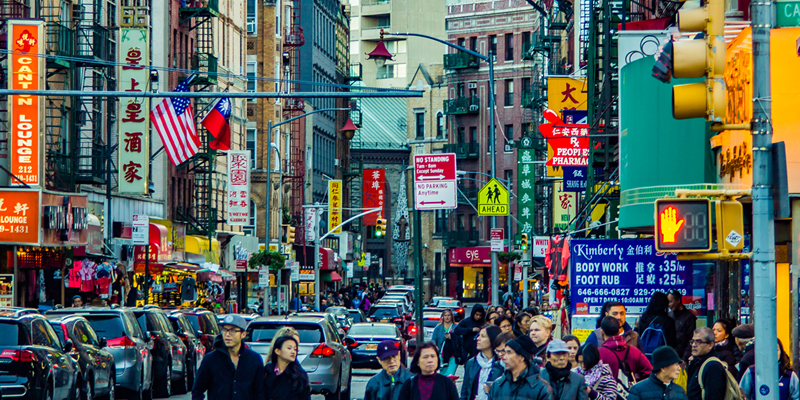
The United States is home to numerous ethnic enclaves that preserve and promote the cultural heritage of immigrant communities. These neighborhoods are defined by shared language, customs, cuisine, and institutions, offering both residents and visitors a meaningful connection to global traditions. Below are ten of the most prominent ethnic enclaves in the U.S., each rooted in a unique historical and cultural narrative.
San Francisco’s Chinatown, established in the 1840s, is the oldest Chinese enclave in the United States. Located near the city’s financial district, it features traditional Chinese architecture, temples, tea shops, and herbal pharmacies. The neighborhood remains a cultural and residential hub for Chinese-Americans, preserving customs that span generations.
Little Havana serves as the cultural heart of Miami’s Cuban-American population. The neighborhood is known for its vibrant street life, Cuban coffee counters, art galleries, and the famous Calle Ocho, where locals play dominoes and celebrate Cuban heritage. It is a symbol of political exile turned cultural pride.
Los Angeles’s Koreatown is one of the most densely populated districts in the city and a major center of Korean-American life. Located around Wilshire Boulevard, it features Korean restaurants, spas, supermarkets, and nightlife venues. The area blends Korean cultural identity with American urban energy.
Dearborn has the highest concentration of Arab-Americans in the United States, particularly of Lebanese and Yemeni descent. The city is home to the Arab American National Museum, Halal grocers, and numerous Middle Eastern restaurants. It reflects the social, economic, and religious life of Arab immigrant communities in the Midwest.
Jackson Heights is a multicultural neighborhood with a dense South Asian population, including Indian, Pakistani, Bangladeshi, and Nepali communities. Its streets are lined with sari shops, spice markets, temples, and restaurants serving regional South Asian cuisines. It is a central hub for diaspora communities in New York City.
Known as “Little Odessa,” Brighton Beach is home to a large Russian-speaking population, including immigrants from Russia, Ukraine, and Central Asia. Located along the Atlantic coast, the neighborhood includes Eastern European markets, bakeries, and cultural institutions, maintaining strong post-Soviet cultural ties.
Boston’s Little Italy, located in the North End, is a historic enclave that preserves Italian-American heritage. Known for its family-run trattorias, bakeries, and Catholic festivals, the area reflects generations of Italian settlement and cultural pride, continuing to attract both locals and tourists.
Pilsen has long been a cultural center for Mexican-Americans in Chicago. Originally a Czech neighborhood, it transformed in the mid-20th century and now features Mexican murals, taquerias, and community organizations. The neighborhood plays a central role in the city’s Latino culture and activism.
Minneapolis has the largest Somali population in the United States, with many residents centered in the Cedar-Riverside neighborhood. The area includes mosques, Halal markets, and Somali-owned businesses. It serves as a political, economic, and cultural hub for Somali-Americans in the region.
Located in Orange County, Little Saigon is the largest Vietnamese enclave outside Vietnam. Westminster and nearby Garden Grove are filled with Vietnamese restaurants, markets, and media outlets. The community preserves language, traditions, and political identity, particularly among refugees from the Vietnam War era.
These enclaves not only reflect the pluralism of American society but also act as living repositories of global heritage, rooted in the local landscapes of U.S. cities.